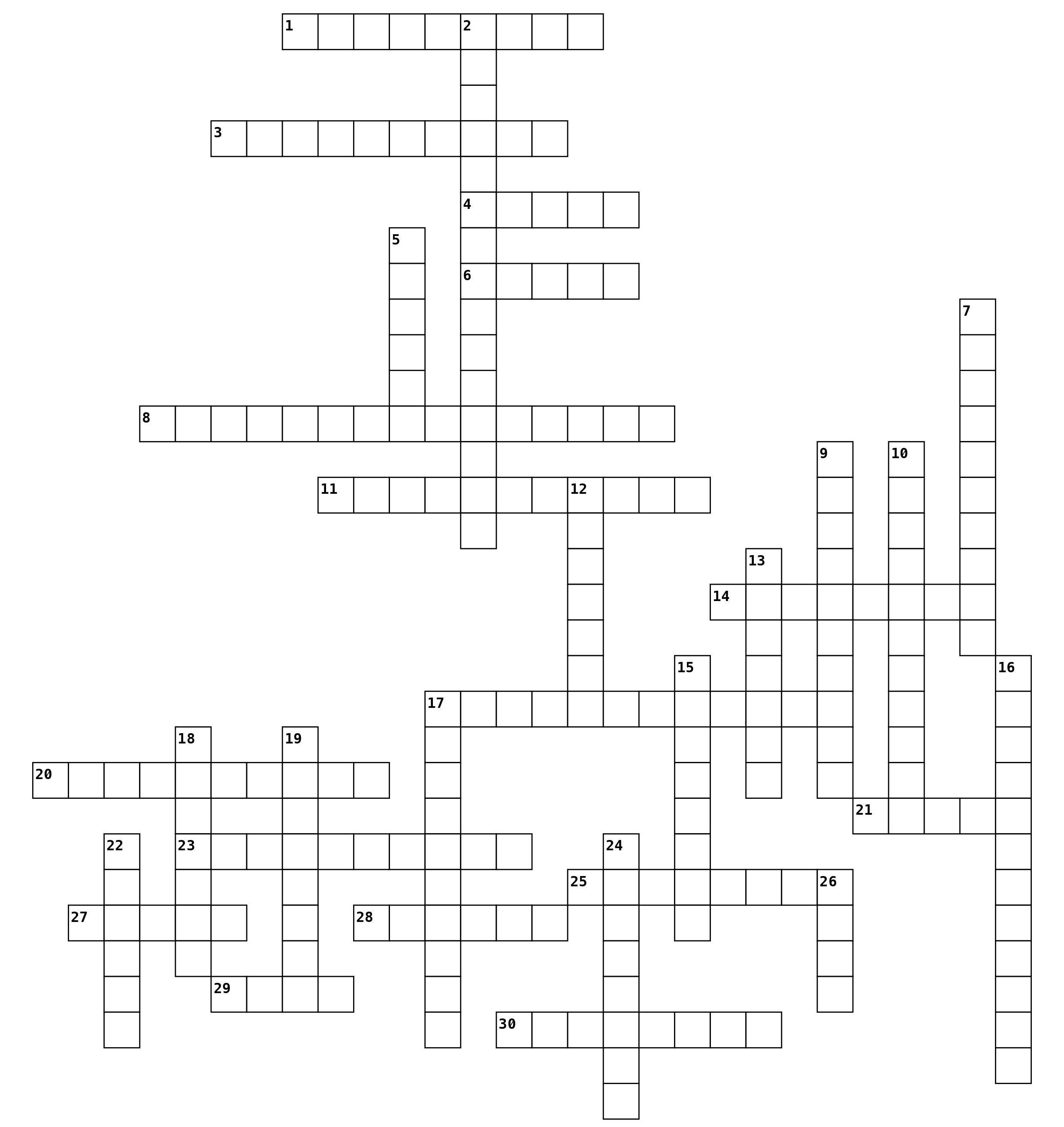
2 minute read
BANKING IN THE AGE OF FINTECH: PARTNER OR PERISH
Dr. Pavneet Singh
Assistant Professor IIM Amritsar
Advertisement
THE SHAPE OF INDIAN ECONOMIC RECOVERY
Introduction
The Covid-19 pandemic has led to the greatest economic recession in independent India’s history. The global pandemic caused the world GDP to fall by 4.4% in real terms in 2020.1 India’s GDP dropped by 23.9% in the first quarter of 2020-21 in the immediate aftermath of the lockdown imposed in late March last year. As per the World Bank, India’s GDP for financial year 2020-21 is expected to fall by 9.6%.2 The imposition of lockdowns across the world has caused a dual supply and demand shock to the world economy. With the onset of vaccination drives across the World, and the re-opening of economies over the last few months, the focus has shifted to the nature and shape of the recovery from the global recession. The Indian Finance Minister talked of a ”V-shaped recovery” for the Indian economy in her recent budget speech. In this context, I explain the potential shapes of economic recovery from a recession, and present some views on how the Indian economy might recover from the recession over the next few years.
The Different Shapes of
Economic Recover y
The global pandemic has caused pervasive damage to the Indian economy. First, the loss in jobs (as per CMIE data, the unemployment rate was over 9% in December 20203) has led to a depletion of household savings, reducing the ability of household to spend on consumption. As uncertainty about the prospects of future employment increases among the people, the willingness of households to spend also declines. Second, the supply chains have been drastically altered in the aftermath of the pandemic. The small businesses, which make up a quarter of India’s GDP, and produce about 40% of the manufacturing output, have suffered lasting damage to their revenues4. Many of the small businesses have been driven to bankruptcy, as economic growth in the post-pandemic world has been led by large businesses. Third, the government’s attempt to bring the economy out from the recession is further straining its finances, which were already under pressure before the pandemic. Any attempt to raise more taxes could backfire by further slowing down economic growth. The situation is further complicated by the fact that the economic recovery needs to be both demand and supply-driven.
Let’s look at the various shapes that economic recovery can take in the aftermath of a recession. The different shapes of economic recovery result from the differences in time taken and the speed of recovery of an economy. This in turn depends on how quickly the demand and supply in the economy can reach back to the levels that the economy was projected to operate at before it was hit by a recession. 1. The Z-shaped recovery- This is the most optimistic scenario for an economy coming out of a recession. In a typical recession, the economy is jolted by an aggregate demand shock. In a Zshaped recovery, the fulfilment of pent-up demand while recovering from the recession period gives a temporary boost to aggregate demand. This causes the GDP to temporarily increase above the pre-recession projections. As the pent-up demand is satisfied, the GDP again returns to pre-recession levels. (Figure 1a) In the current scenario, the demand for many










